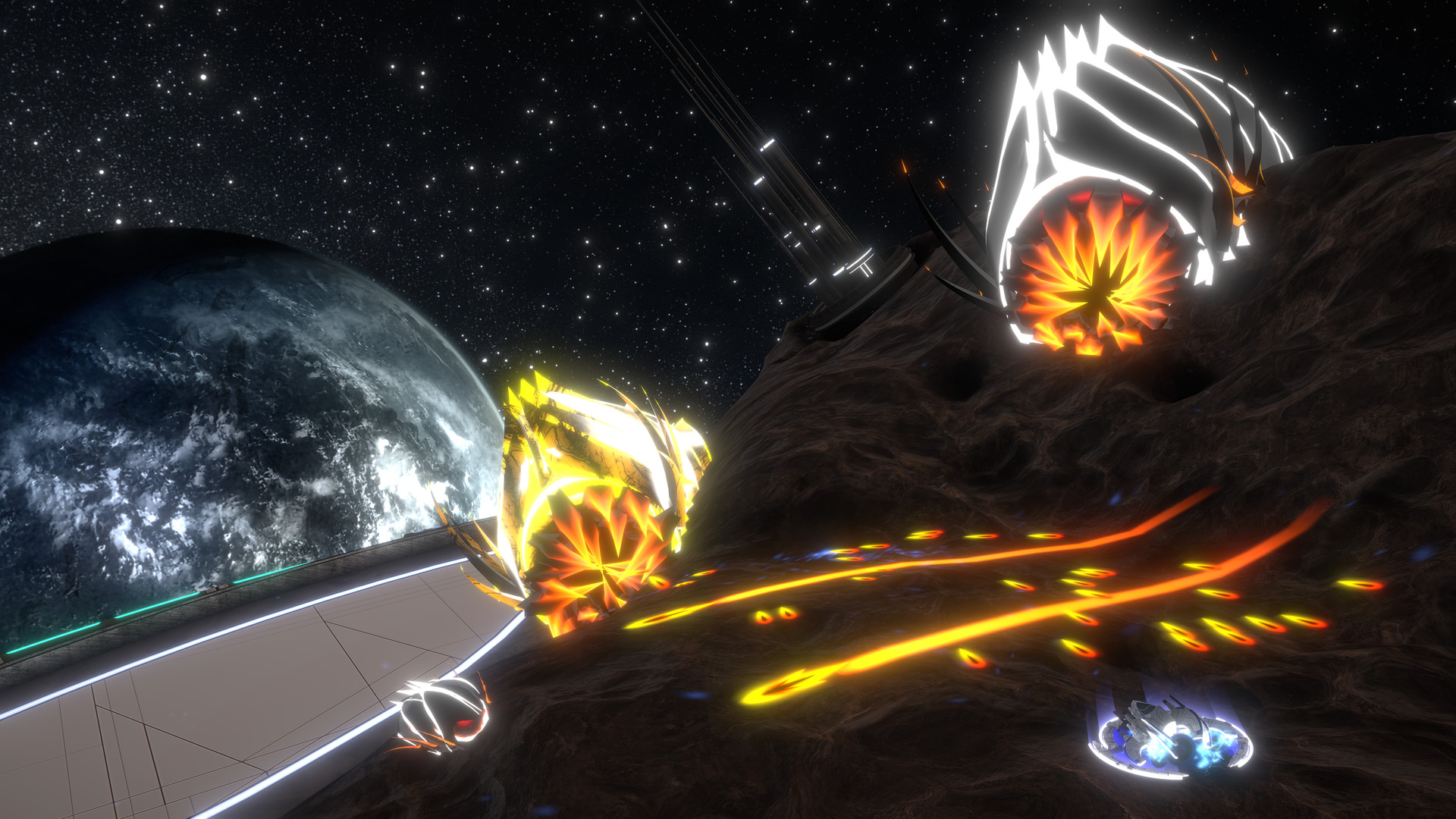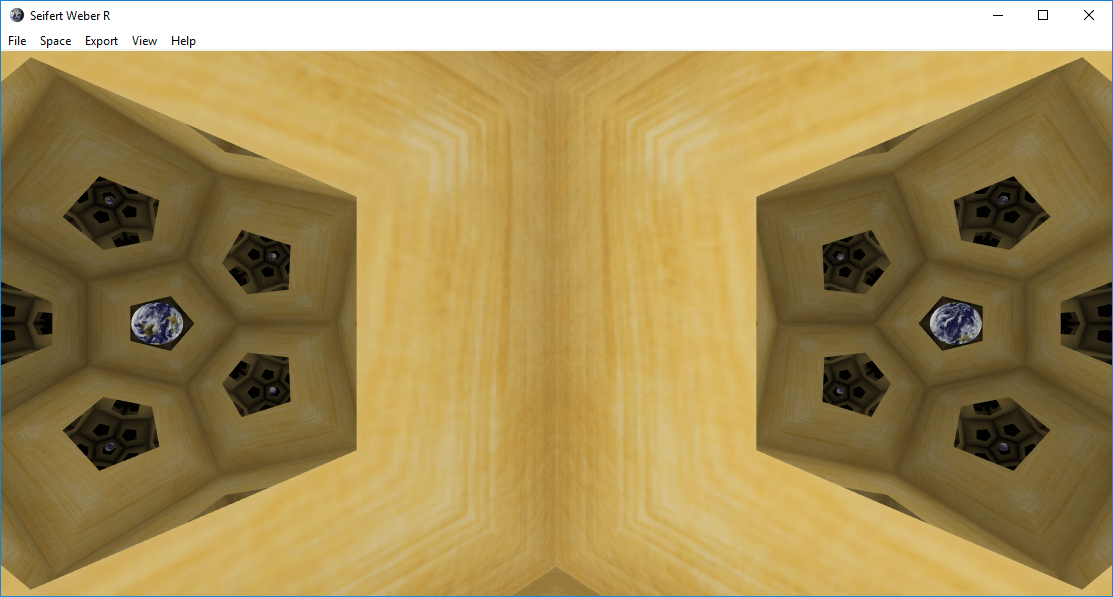

Many people think the fourth dimension is simply time, and for some astronomical equations, it is. With the nearest suspected black hole sitting over 3,000 light years from Earth, it'll be a while before we can test that.Space is indeed curved - in four dimensions.

"Ultimately, the principles of how a space's curvature can be harnessed for locomotion may allow spacecraft to navigate the highly curved space around a black hole," Georgia Tech said. Like looking at the ocean horizon, it's pretty difficult to see the curvature of the Earth when viewed from up close.Īpply those principles to black holes, where space is theoretically curved more than anywhere else in the known cosmos, and the system could become practical. Rocklin's shuffling robot may not move far, but the curved bit of "space time" it operates on isn't that curved. "While the effects are small, as robotics becomes increasingly precise, understanding this curvature-induced effect may be of practical importance," Georgia Tech said. To explain the similarity, the researchers pointed to GPS systems, which rely on slight gravity-induced frequency shifts to report locations to satellites. Watch it go: World's smallest self-folding origami bird that reminds us we were promised nanobots at some point.Think your phone is snooping on you? Hold my beer, says basic physics.Instead, IKEA furniture-building-ish AI robots You wanted flying cars and colony worlds.

Boffins call BS on 'impossible' black hole, fear readings were botched You cannae break the laws of physics, cap'n."To see movement via this effect you'd need far greater curvature, such as that present in the vicinity of a black hole," Rocklin told us. Rocklin told The Register that the EmDrive would "seriously break physics" were it to work, as there would be no way for it to gain momentum, something that his curved-space robot overcomes.Ĭurved space could theoretically get the EmDrive moving, Rocklin said, but at far too small a degree to be experimentally detectable. Tests performed at TU Dresden found that thrust reported in initial EmDrive experiments was due to the test unit's interaction with Earth's gravitational field, and didn't indicate the device would actually work. Watching the video of the robot in action may be a bit underwhelming, but even moving fractions of an inch it's still doing something important, the researchers claim.Īs one example, Rocklin said that the research done by his team relates to studies into "impossible engines," like the experimental EmDrive.įirst proposed in 2006, the EmDrive uses microwaves in a vacuum chamber to theoretically create thrust by bouncing against a surface. What do you do with a curved-space robot? According to the institution, the forces on the robot during the tests were predominantly due to its curved environment. The robot did face slight frictional and gravitational forces, which hybridized with the curvature of its track "to produce a strange dynamic with properties neither could induce on their own," Georgia Tech said. The shaft was also aligned to earth's gravity to eliminate residual force. To minimize the influence of flat space physics on the robot, the team mounted it to a shaft supported by air bearings and bushings. In curved space, forces differ In their paper, the team said that objects in curved space should theoretically be able to move without frictional or gravitational forces.


 0 kommentar(er)
0 kommentar(er)
